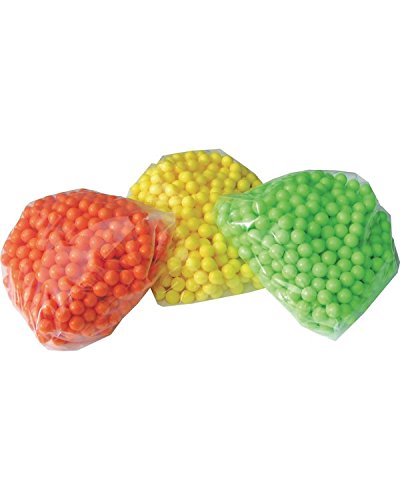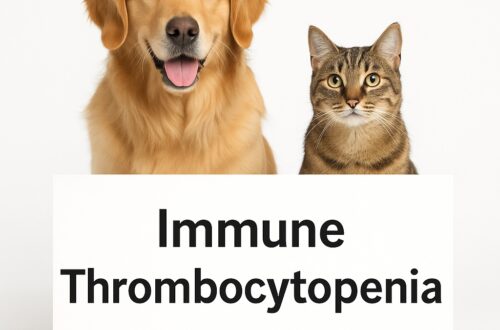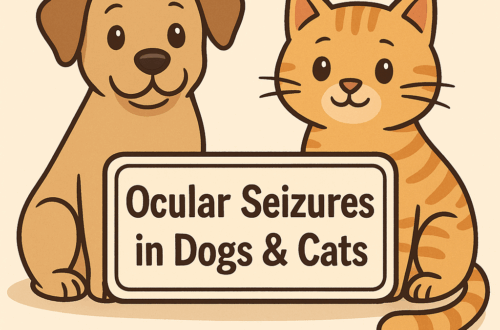Spring is finally upon us here in the northern hemisphere. The warm weather brings more opportunities for outdoor activities, including paintball with family and friends. Unfortunately, dogs often find paintballs to be a chewy delicacy. Ingestion can be quite problematic. So, this week I’ve dedicated a blog post to educating pet parents about the danger of paintball toxicosis. I hope you find the piece informative and share worthy. Happy reading!

Paintball Toxicosis – What is it?
Paintballs are hollow spheres filled with paint. Paintball ingredients may include polyethylene glycol, gelatin, sorbitol, glycerin, mineral oil, dye, water, ground pig skin, and dipropylene glycol. Many of these components are osmotically active substances. This means they attract water to them. Inside a paintball, this property is useless. However, inside the body of a dog, it can be lethal. Unfortunately, our canine companions seem to like the taste of paintballs, and in some cases, they have ingested up to 500 paintballs at once.

When dogs ingest paintballs, paint is released into the gastrointestinal tract. The osmotically active substances (i.e.: polyethylene glycol, glycerin, sorbitol) attract large volumes of water from the bloodstream in the gastrointestinal tract. Furthermore, water moves out of brain cells, causing a rapid decrease in brain volume. Thus, the stomach and intestines fill with water. Important electrolytes in the bloodstream – particularly sodium – dramatically increase due to the loss of water. Brain cells shrink and tear small blood vessels in the process.
Paintball Toxicosis – What does it look like?
The clinical signs associated with paintball ingestion include:
- Vomiting
- Unsteadiness while walking (called ataxia)
- Diarrhea
- Tremors
- Weakness & depression
- Elevated heart rate
- Increased thirst
- Elevated body temperature
- Visual impairment
- Seizures
- Abnormal behavior
Clinical signs may develop within one hour, and the severity of signs appears to be associated with the rapidity of onset, duration, and severity of sodium elevation.
Paintball Toxicosis – How it is diagnosed?
Diagnosis is relatively straightforward and is based on suspected or confirmed ingestion of paintballs. For example, paint may be noted around or in the mouth, as well as on skin. A veterinarian will recommend evaluating some blood and urine tests to check for electrolyte disorders like high sodium, high chloride, and low potassium, as well as abnormalities in acid-base status.

Paintball Toxicosis – How is it treated?
If patients are presented to the veterinarian within one hour of paintball ingestion, a veterinarian will recommend inducing vomiting as long as there are no neurologic contraindications to doing so. Patients with seizure activity will receive an anti-convulsant medication to help stabilize them. Patients need appropriate fluid therapy to correct sodium derangements, and potassium supplementation should be provided in those with low potassium levels. Anti-nausea medications help to control vomiting. With appropriate and timely care, clinical signs usually resolve within 24 hours. Untreated, intoxicated patients can succumb to paintball ingestion.
The take-away message about paintball toxicosis in dogs…
Dogs like to chew on paintballs. In doing so, they are at risk for toxic complications like severe sodium derangements. Timely identification and appropriate therapy is generally associated with a positive outcome within 24 hours.
To find a board-certified veterinary emergency and critical care specialist, please visit the American College of Veterinary Emergency and Critical Care.
To consult with veterinary toxicology experts, please visit the ASPCA Animal Poison Control Center.
Wishing you wet-nosed kisses,
CriticalCareDVM





